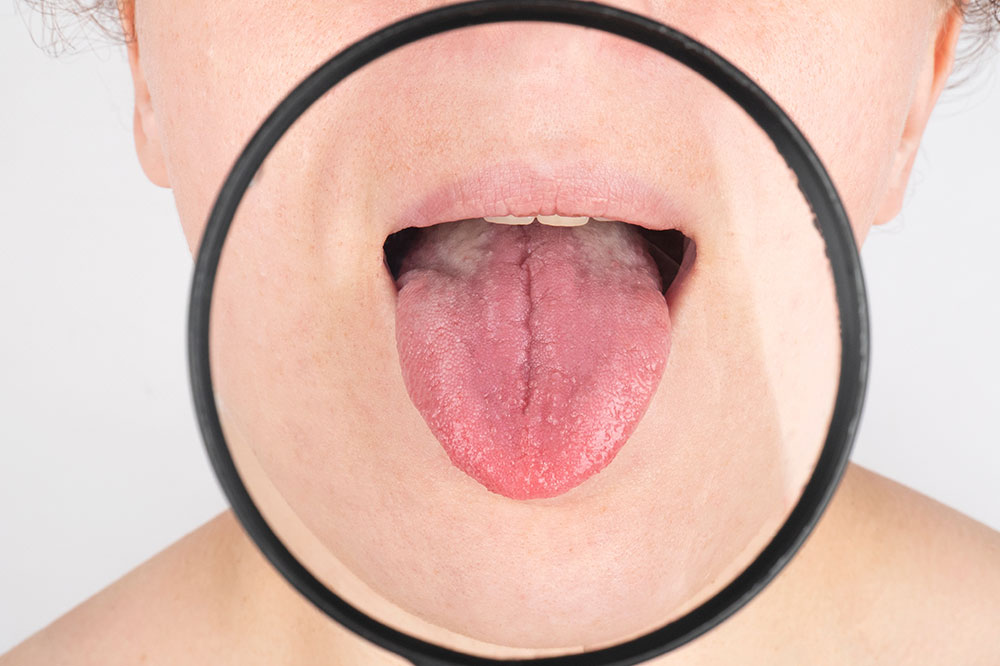
Things to know about adenoid cystic carcinoma
Adenoid Cystic Carcinoma (ACC) is a rare form of adenocarcinoma affecting the salivary glands and other body parts. It is unpredictable, initially developing slowly and then progressing rapidly. It is invasive and can spread to bones, lymph nodes, and other organs. The condition is common in individuals of all ages, but it is more typical between 40 and 60. This article provides an overview of the symptoms and treatment for adenoid cystic carcinoma.
Adenoid cystic carcinoma – An overview
Adenoid Cystic Carcinoma (ACC) is a cancer type that affects the epithelial tissues, especially in the head and neck, while also impacting other body parts. It usually begins with the salivary glands on both sides of the jaw. These glands keep the mouth moist, assisting in swallowing food and protecting oral health against infections. When ACC stems in the glands and surrounding tissues, it will hamper these functions, leading to discomfort or a sign of pain in the facial muscles.
Apart from salivary glands, it can affect other aspects of the body, including the skin, bones, lacrimal gland, liver, breast, prostate glands, lungs, and trachea.
Adenoid cystic carcinoma symptoms
Since the ACC develops slowly, you may not notice any visible symptoms for years. Mostly it is diagnosed as a benign tumor but can spread to lymph nodes nearby when it begins to show the symptoms. Simply put, it shows different signs in different people, but here are some common symptoms of the condition, depending on the location and the tumor size.
Salivary glands
Painless lump formation in the mouth, face, or neck, numbness in the face, weak muscles in the face (drooping of facial features), trouble in swallowing or opening the mouth.
Lacrimal gland (secrete tears)
Bulging eye muscles, changes or issues in vision.
Larynx and trachea (Voicebox and windpipe)
Hoarseness, difficulty in speech, troubled breathing.
Skin
Severe pain, increased sensitivity, pus formation, or blood discharge in the affected area.
Breast
Slow development of a lump that will be tender to touch and often cause pain.
Adenoid cystic carcinoma causes
Adenoid cystic carcinoma (ACC) is most frequently caused by genetic changes in tumor cells, resulting in unregulated or aberrant development and proliferation. This particular type of cancer is also thought to be sporadic, which means it can develop for any reason other than inherited genes or negative environmental exposures.
Nonetheless, certain risk factors can increase the chances of developing ACC in individuals. They are:
Age
Individuals over 50 are at higher risk of developing this type of cancer.
Gender
Adenoid Cystic Carcinoma is highly diagnosed in women compared to men.
Radiation exposure
If a person is often exposed to radiation, due to professional or certain diagnostic procedures, especially in the head and neck regions, they are more prone to ACC.
Family history
It is also found that some patients with ACC are inherited through an autosomal dominant pattern. If your family members have a history of this cancer type, you are also at risk of developing the condition.
Adenoid Cystic Carcinoma treatment
Your healthcare professional will determine the treatment plan for Adenoid Cystic Carcinoma. This plan is customized to suit your condition, the location affected, and the severity of the tumor. A few effective options are listed below:
Surgery
Surgery is the standard treatment for ACC. The recurve will remove the affected area and a minimum of 2 mm of tissues before the tumor to prevent recurrence in the same region. The options suggested are:
Parotidectomy (Parotid gland removal)
Submandibular gland excision (Submandibular gland removal)
Laryngectomy (Larynx removal
Radiation therapy
The surgical procedure is usually followed by traditional therapy. The healthcare professional will suggest neutron radiation therapy to treat the tumor. Neutrons can deliver more energy than conventional methods, effectively eliminating cancer cells.
Chemotherapy
Doctors administer the prescription plan in chemotherapy either in the form of oral administration or intravenously or even in a combination of both to destroy the growth of cancer cells. It is used as a primary treatment approach in advanced or recurrent cases.
Targeted therapy
Targeted therapy is an innovative treatment that involves targeting the specific tumor cells or molecules responsible for adenoid cystic carcinoma. For instance, target therapy uses EZH2 inhibitors, PCI3K inhibitors, and more.
Complementary therapies
Complementary therapy focuses on your overall health and is a conventional treatment to increase your control and decrease anxiety over the condition. Clinically proven therapies such as acupuncture, aromatherapy, counseling, hypnotherapy, massages, meditation, and yoga are helpful ideas.
Final words
ACC is a severe yet slowly progressing cancer that begins in the salivary glands. Early diagnosis and timely treatment can help you save your life and improve your quality of life in the long haul. However, even after the successful treatment, ensure to opt for every post-follow-up consultation with your healthcare professional to prevent any recurrence of the condition.




